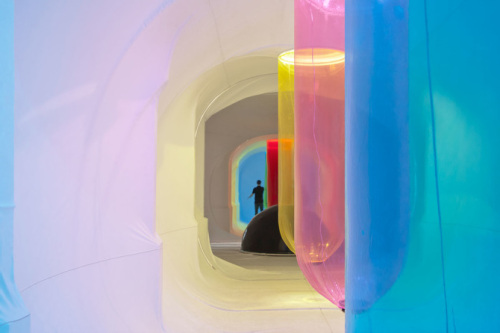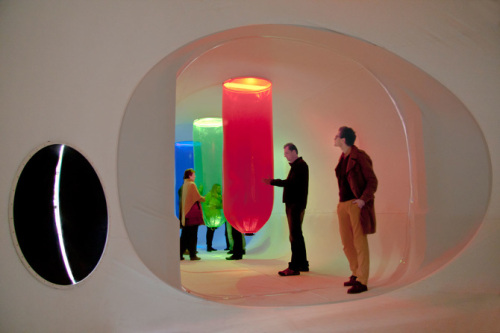Audio Dust
Timo Kahlen is a German sound sculptor and media artist who has been making works since the end of the 80’s. While his sculptures and installations often need to be seen in real life to experience the tactile, perceptible vibrations, Kahlen has chosen not to expose his sculptural work online in video form. His interactive “net art” works are equally interesting however. A few of these are featured below. Put on your headphones, and click on the images to try them out:
These works which run in the browser develop individually, are generative. Always live and different, as the viewer moves across, pauses or clicks at the responsive visual texture of the sound objects. As these works are made using Flash back in 2011, they won’t work on most smartphones, sadly.
There are quite some more to explore as well in his net art series, such as Scratch, Undo/Delete, Numbers. The interaction with Kahlen’s works isn’t so direct that it feels like a website, instead he’s really searching for a good balance between the autonomous and the direct, so it feels that there’s something organic to explore.
If you’d like to experience Kahlen’s physical sculptures, the next exhibition of his work is in Berlin, at the Ruine der Kuenste Berlin (Hittorfstr. 5, 14195 Berlin) from April 26 to May 24.




 Tuesday, March 10, 2015 at 12:26
Tuesday, March 10, 2015 at 12:26





















